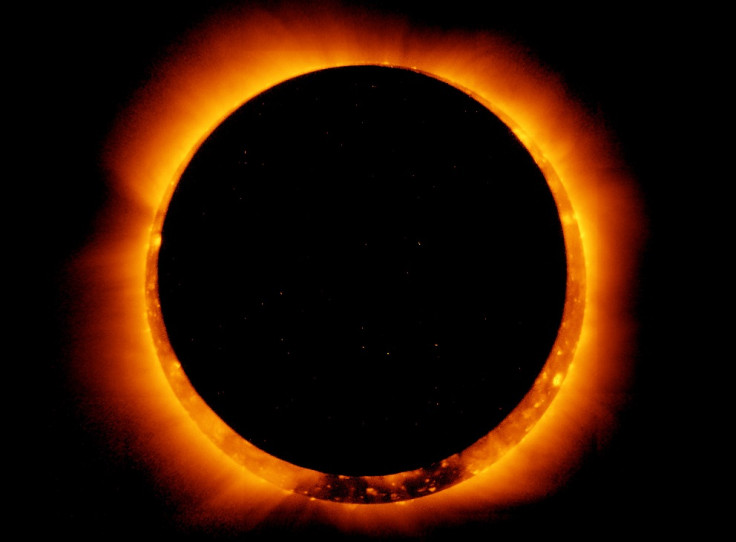Spring equinox 2015: Was Stonehenge an ancient astronomical calendar used to predict eclipses?

Every year on the spring equinox, revellers gather at Stonehenge early in the morning to mark the event and to watch the sun rise above the ancient stones. But for the first time in living memory, three celestial events will take place at the same time on Friday 20 March: the spring equinox, a solar eclipse and a perigee moon, otherwise known as a supermoon.
One of the most enduring mysteries in the world is the purpose of Stonehenge. Despite extensive research into the prehistoric monument, nobody knows who built the ring of rock and why. Hundreds of theories have been put forward, but many experts believe that Stonehenge is actually an astronomical calendar.
Astronomical alignments
Stonehenge currently consists of concentric circular ditches, post-holes and banks, with several large stones in the centre and a few around the edge of the monument. A long avenue runs north-east from the main structure and connects with an ancient settlement several kilometres away. It is widely acknowledged that there are both solar and lunar alignments built into Stonehenge – and that it was used to predict eclipses.
There is a "horseshoe" of 19 stones in the centre of the monument which was used to predict lunar eclipses. By shifting one of Stonehenge's markers along the 30 markers of the outer circle, the cycle of the moon can be predicted.
"Moving this marker one lunar month at a time – as opposed to one lunar day the others were moved – made it possible for them to mark when a lunar eclipse was going to occur in the typical 47-month lunar eclipse cycle," the Stonehenge blog reads. "The marker would go around the circle 38 times and halfway through its next circle, on the 47<sup>th full moon, a lunar eclipse would occur."

Aubrey holes
The Aubrey holes are a ring of 56 chalk pits at Stonehenge, named after the 17<sup>th century antiquarian John Aubrey, which date back to the earliest phases of the monument in the late fourth and early third millennium BC. Aubrey noticed five circular cavities in the ground in 1666, but they were not looked into until the 1920s, during research carried out by Colonel William Hawley.
It is believed by many that the holes were used to predict astronomical events, to some extent evidenced by complicated mathematics, as some lunar eclipses can be predicted using numbers associated with Stonehenge. Some suggest that Stonehenge was used to keep track of lunar cycles by moving marker stones two holes per day, ending with 56 holes.
Gerald Hawkins, solar and lunar alignments
Hawkins was a British-born American astronomer who studied Stonehenge in 1965, using computer programmes to research solar and lunar alignments that correlated with the location and position of Stonehenge.
A professor of astronomy at Boston University in the United States, Hawkins fed the positions of standing stones and other features at Stonehenge into a computer and used the mainframe to model sun and moon movements. He found that 13 solar correlations and 11 lunar correlations matched up with the megalithic stages.
In his 1965 book, Stonehenge Decoded, he argues that various features at the monument were used to predict a variety of astronomical events. His work re-assessed what had previously been viewed as a primitive temple and despite some scepticism from the archaeological community, his book sold widely.
© Copyright IBTimes 2025. All rights reserved.





















